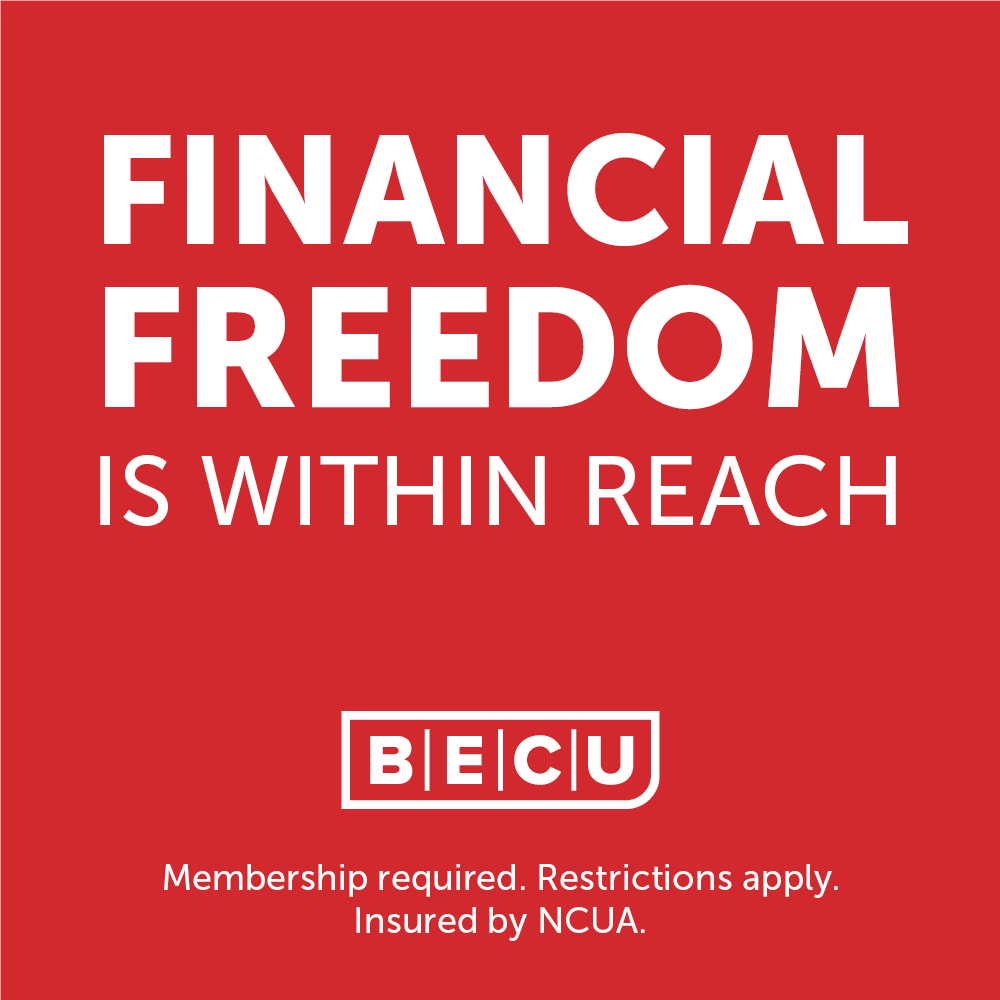In an era of rapid technological advancements and evolving job roles, preparing students for the workforce is more challenging than ever. Today’s students will likely hold jobs that don’t yet exist, leveraging technologies that are still in their infancy. As educators and policymakers, how do we ensure that students are not only job-ready but also adaptable and lifelong learners? Here are strategies and key focuses that can help shape our approach.
1. Emphasis on Soft Skills While technical knowledge is essential, soft skills like critical thinking, effective communication, teamwork, and emotional intelligence are becoming increasingly vital. These competencies, which are universally valued across a variety of industries, enable students to effectively navigate the interpersonal aspects of the workplace. Moreover, as automation and AI continue to permeate various sectors, it’s these uniquely human skills that will distinguish professionals in the future.
2. Experiential Learning Theory and textbook learning can only go so far. Experiential learning — through project-based learning, internships, apprenticeships, and cooperative programs — provides students with a taste of the real working world. These experiences help students apply classroom knowledge, understand workplace dynamics, and develop networking skills. Furthermore, employers often value hands- on experience, which can give students a competitive edge in the job market.
3. Interdisciplinary Education In the age of information, the lines between disciplines are blurring. Many of today’s challenges require holistic solutions, combining insights from various fields. Encouraging interdisciplinary studies can foster creativity and innovation, allowing students to see connections between seemingly unrelated domains.
4. Digital Literacy It’s hard to think of an industry untouched by the digital revolution. Therefore, equipping students with digital literacy skills – from the basics of computer usage to more advanced coding or data analysis – is crucial. Digital tools will continue to shape the future, and proficiency in them is non-negotiable.
5. Cultivate an Entrepreneurial Mindset An entrepreneurial mindset doesn’t necessarily mean starting a business. It’s about adaptability, resilience, and recognizing opportunities. By instilling this mindset, we prepare students to be proactive, take calculated risks, and see failures as learning experiences.
6. Focus on Lifelong Learning The half-life of knowledge is decreasing. This means that what students learn today might be outdated in a few years. Teaching them the importance of continuous learning and providing tools and resources for the same can be invaluable. They should be ready to upgrade their skills or learn entirely new ones regularly. The tools we use in learning are changing — not only regenerative artificial intelligence but specific tools like fixing cars and the tractors of tomorrow, hot water heaters, refrigerators, and many more. New technology is constantly infiltrating these areas and learning to fix these things will take time and a lifelong learning mindset. Tools, such as augmented reality and virtual reality, will make this possible.
7. Real-World Problem Solving Instead of standard rote learning, curriculums should be designed around solving real-world problems. This not only makes the learning process more engaging but also shows students the tangible impact of their knowledge. Whether it’s tackling climate change, addressing societal inequalities, or coming up with the next technological innovation, positioning learning within real-world contexts can be transformative.
8. Financial Literacy As basic as it sounds, many students enter the workforce without a grasp of personal finance. Budgeting, saving, investing, and understanding debt are all essential skills for personal well-being. Incorporating these into the curriculum can set students up for financial stability and success.
9. Feedback and Reflection Learning from experience is powerful, but its impact is magnified when coupled with reflection. Encourage students to solicit feedback, both positive and critical, and reflect on their experiences. This iterative process of action-feedback-reflection can greatly enhance personal and professional growth.
10. Networking Opportunities The phrase, “It’s not what you know, but who you know,” still holds some truth. Facilitating networking events, mentorship programs, and industry interactions can help students get a foot in the door, understand industry expectations, and glean insights from experienced professionals.
In Conclusion Preparing students to thrive in the 21st century is a multi-faceted challenge, especially given the uncertain trajectory of future professions.
However, by focusing on holistic development, real-world application, and adaptability, educators can set students up for success, regardless of what the future holds. As the nature of work evolves, our approach to education must mirror that evolution — ensuring that every student is equipped not just for their first job, but for a lifetime of meaningful work and continuous learning.



